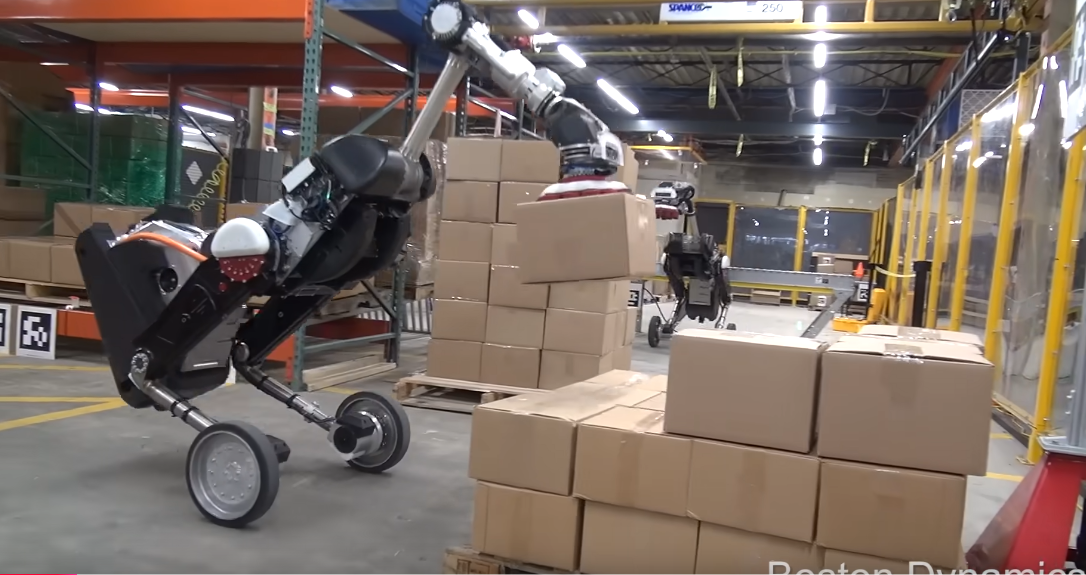

Or saw that both sides probably lead to the same end eventually.
Get out of here with that false equivalency bullshit. Trump’s cabinet picks so far are a Russian propaganda parroter for head of CIA, an anti-vax and raw milk advocate for Health and Human Services, a white supremacist tattooed person for Defense secretary and a suspected pedophile that is having their ethics hearing results blocked for Attorney General.
Do you even think for a hot second that Harris would have make such unqualified and toxic choices for her cabinet?






Do you not get that Trump will likely get two more Supreme court appointments? The third branch of our government is locked into conservative hands for the next 30 to 40 years now regardless of who gets elected afterward.